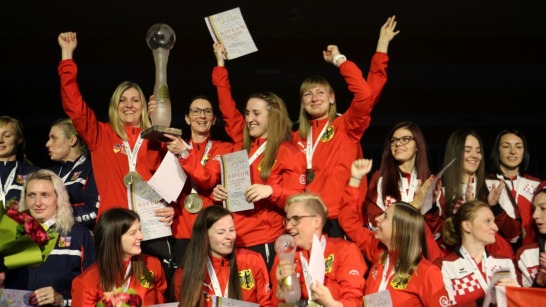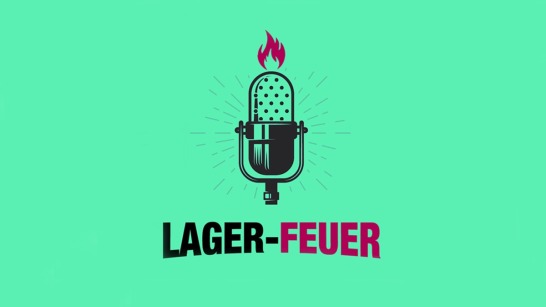
Employee with unusual hobby: Sandra Hirsch is successful skittle coach
Our colleagues in the KION Group are an interesting bunch of people. Some of them have unusual hobbies or sporting successes, and even inspire people outside of work too. Sandra Hirsch is responsible for International Events & Merchandising at Linde Material Handling. In her free time, she coaches young women working towards the World Champion title – in skittles. Kicking off our series on interesting characters at the KION Group.
2022-04-20




